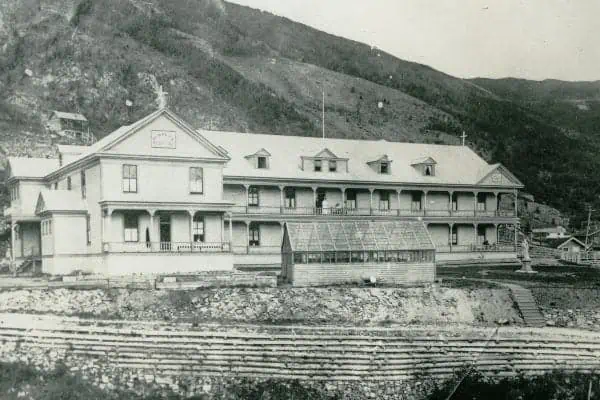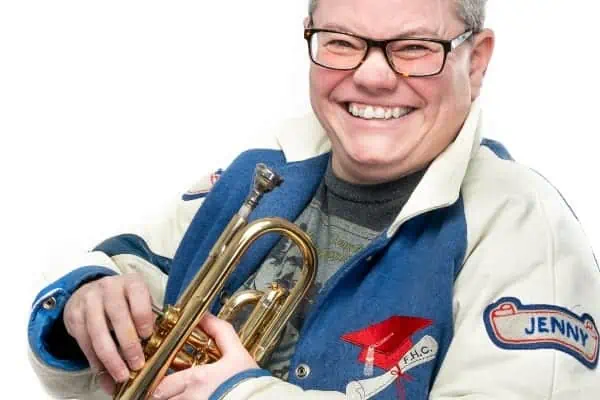Watching visitors to town wander about taking pictures of things that seem quite ordinary to those of us who live here is a reminder that Dawson is a rather special place that still has a hold on the imaginations of people who come to see us in all seasons.
It started early. Not counting the fact that most of the Gold Rush stampeders who tramped and sailed here in 1898 left with no more profit than the memories of their trip, we had tourists early on.
In a book called Two Women in the Klondike: the story of a journey to the gold fields of Alaska (a common mistake in early accounts) Mary Hitchcock tells of the trip she made with her friend Edith Van Buren in the same year.
Hitchcock was the widow of a naval officer and Van Buren was the great niece of the former US President Martin Van Buren. They had previously travelled together in China and Egypt, but their experience in the North was something quite different.
In a spirit not unlike that of modern travellers who arrive in their land yachts, complete with every modern convenience, the two embarked for the Klondike by boat.
They brought good china, polished silver, walking sticks, matching hats, a movie projector that ran on gas, a circus tent, a gramophone, a Great Dane named Ivan, and the workings of a bowling alley.
They set up residence in a full-sized circus tent in what would now be West Dawson, hired locals to act as servants and spent the summer holding court there, returning to the south when winter approached.
Hitchcock immediately set to recording their adventures in her book, which was published in 1899.
A letter of Van Buren’s protested the satirical remarks in a New York Times review from February 5, 1899.
The writer, one Harry Suydam, had pooh-poohed the notion that there was any adventure in the two society ladies’ Klondike trek and had suggested they had taken a valet and a maid with them.
Van Buren indicates that things may have been a bit more rustic than might be thought from both Suydam’s comment and from general descriptions of their journey you can find these days on the Internet.
“We lived in a tent,” she wrote, “without flooring, and with no beds but pine boughs. For a time we had a servant, but he caught the gold fever and went off to the mines.”
While they arrived in Dawson in relatively luxurious circumstances on a barge, their departure was more in the spirit of the stampede.
“We left Dawson after a heavy snow Sept. 23,” Van Buren wrote, “and certainly no one could envy us our trip up to Lake Bennet (sic), with no beds but a bit of canvas, no mattresses, blankets or pillows – no conveniences.”
It was snowing at Bennett and the two society women went over the Chilkoot Pass along with a group of disappointed miners, “being afraid to be left behind.”
There were, she wrote, no distinctions of social class on this hike.
“We went along with the miners all the way, and I did not see one who was not able to take a bite and sup at the same table with us, and a bunk as we were obliged to spend the night at log cabins, thirty-six of us, men and women in the same room.”
So Klondike tourism goes back a long way. As we approach the coming season, I’ll spend a few words on the history of the journey it’s taken since then.




